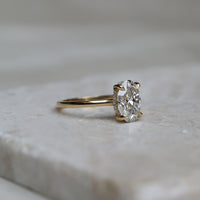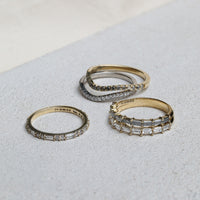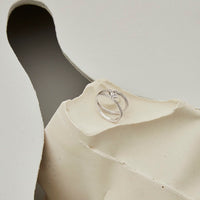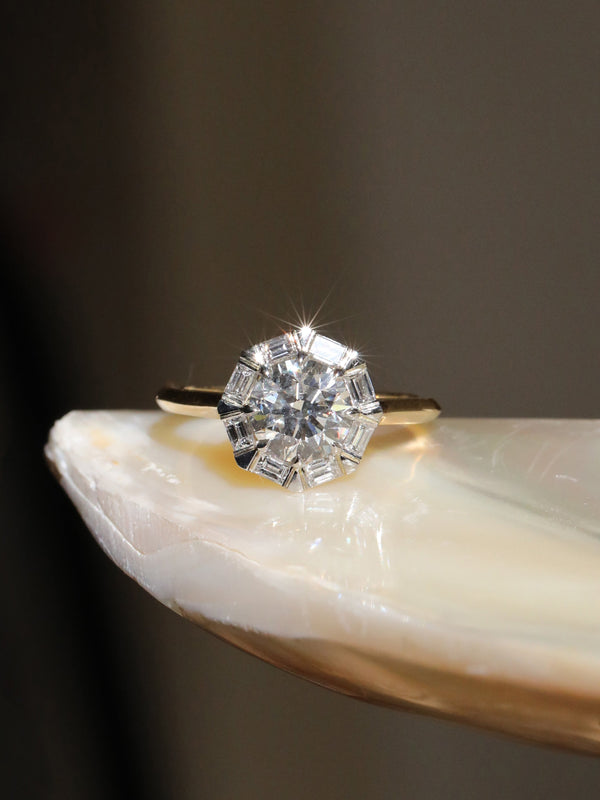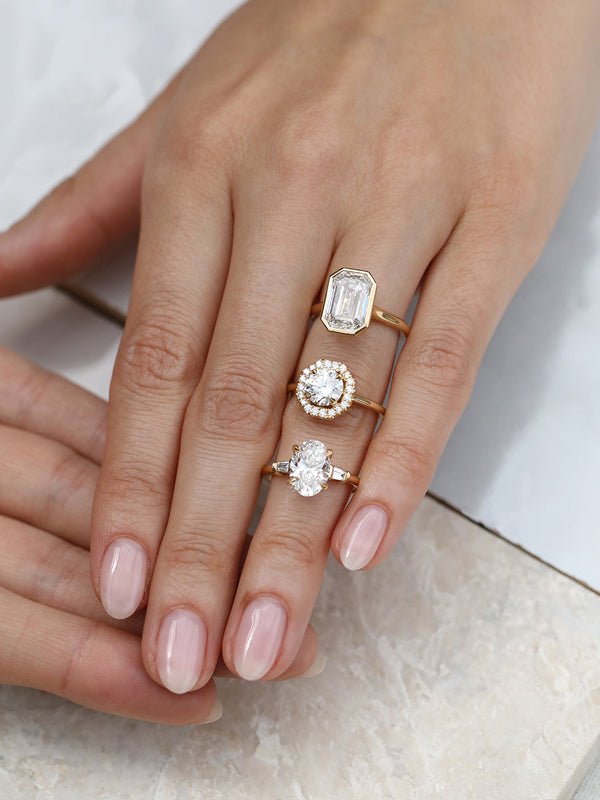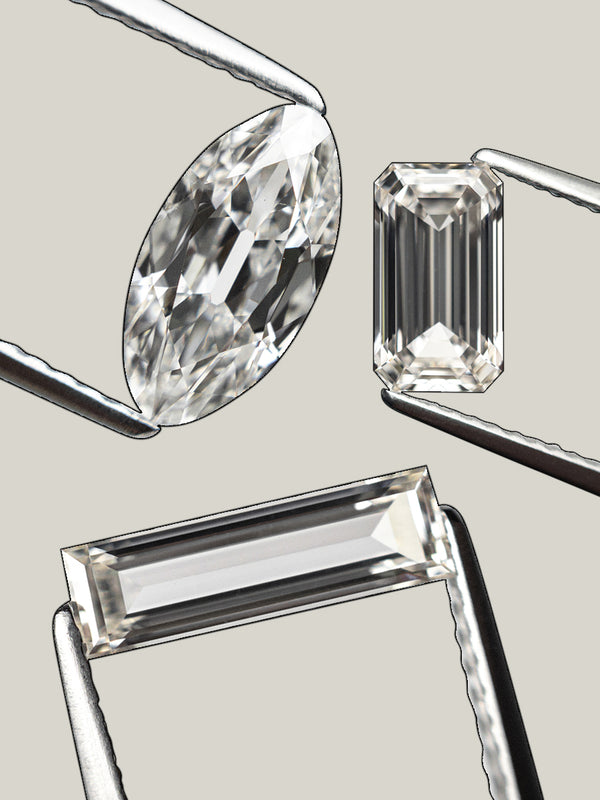Lab grown diamonds have been one of the biggest disruptors to the gemstone market. They’re essentially identical to natural diamonds in their chemical, physical and optical properties, which makes differentiating them almost impossible to the naked eye.
So what should you look out for when choosing your diamond?

CERTIFICATION
Lab grown diamonds should always come with a certificate to ensure their authenticity and characteristics such as the 4 Cs. The most reputable organisations for certification in the UK, GIA and IGI, certify both natural and lab grown diamonds to the same high standards.
It’s worth noting that GIA is the gold standard in certification, but there are generally more lab grown diamonds certified with IGI available, so we recommend going for a slightly higher colour grade with IGI lab growns to meet the high standards of GIA that we choose for our natural diamonds.

For example, an F colour white diamond from IGI would be more like a G colour diamond from GIA. Our stone-sourcing team will automatically take this into consideration when choosing your diamond options in order to secure the highest quality diamond for your budget.
LASER INSCRIPTION
Using a very fine and precise laser beam, identifying characters are added to the girdle of diamonds by the certifying body. This is commonplace in the jewellery industry and barely visible to the naked eye.

Image credit: IGI
In their inscriptions, IGI will specify if the diamond is lab grown which, although not needed when paper certificates accompany all of their diamonds, will be very helpful in the future when diamond rings have been passed on or resold without their certs.
TESTING METHODS
Type IIa (2A) is the initial method of testing whether a diamond is lab grown. The compact, desktop machine assess the diamond at an atomic level for the presence of any atoms other than Carbon, such as Nitrogen. If there are none present, it’s possible that the diamond is lab grown as a naturally occurring diamond with Nitrogen or Boron in would be phenomenally rare (they make up only 2% of all diamonds).
Type IIa testing is not the final result, but is a great indicator of whether or not the diamond will need further testing to confirm that it is lab grown. We now have one in our showroom to test all of our clients' incoming heirloom diamonds.

Some shops will offer diamond testing with a small pen - we do have one in our showroom - but it’s important to note that this will not be sophisticated enough to differentiate between natural and lab grown diamonds as chemically and physically they are the same. For a definite result we would always recommend sending a diamond for grading at a trusted lab.
WHAT NEXT?
Still need some help deciding what’s for you? Book a digital appointment or in-person at our Shoreditch showroom and our team of jewellery specialists and certified gemologists will be on hand to answer any of your queries.

LEARN MORE
Take a deeper dive into any of these topic with our comprehensive guides below:
- - Natural vs. Labgrown Diamonds: An Introduction
- - On the money: Lab Grown vs. Natural Diamonds
- - Life in Colour: Lab Grown vs Natural Diamonds
SOURCES:
- - IGI - laserscribe
- - GIA
